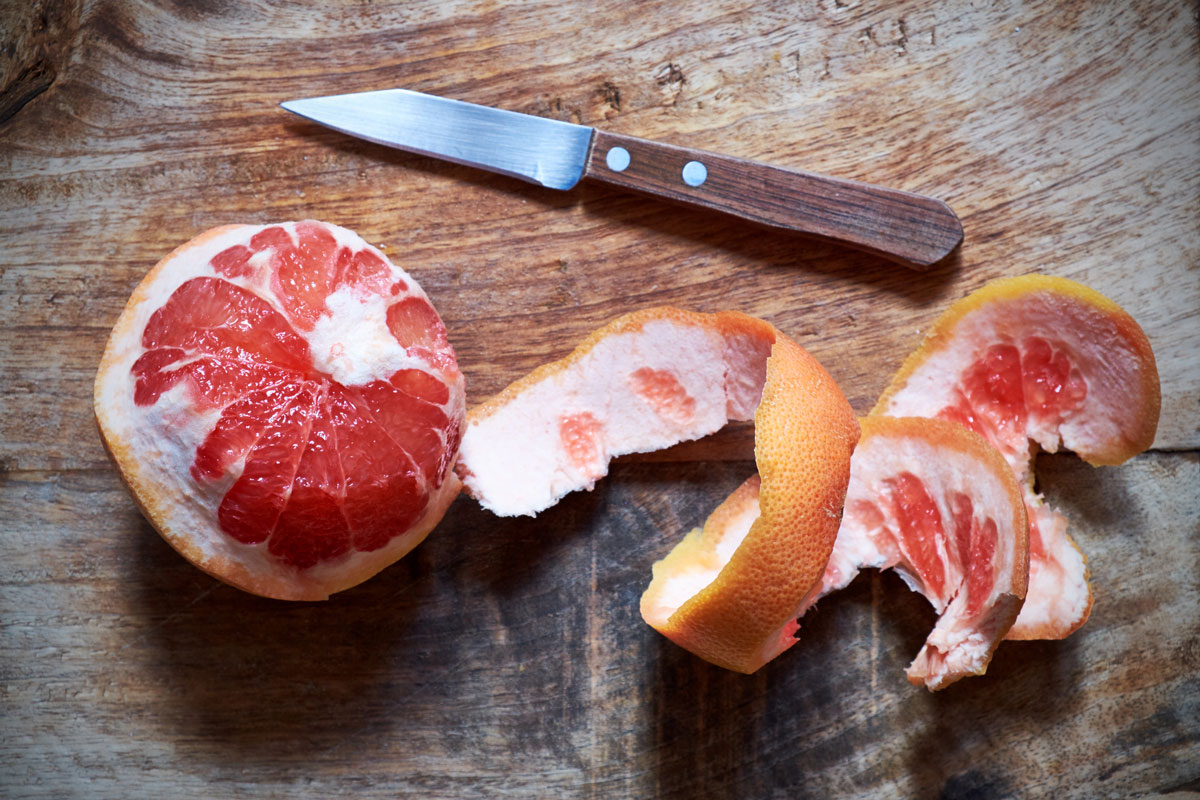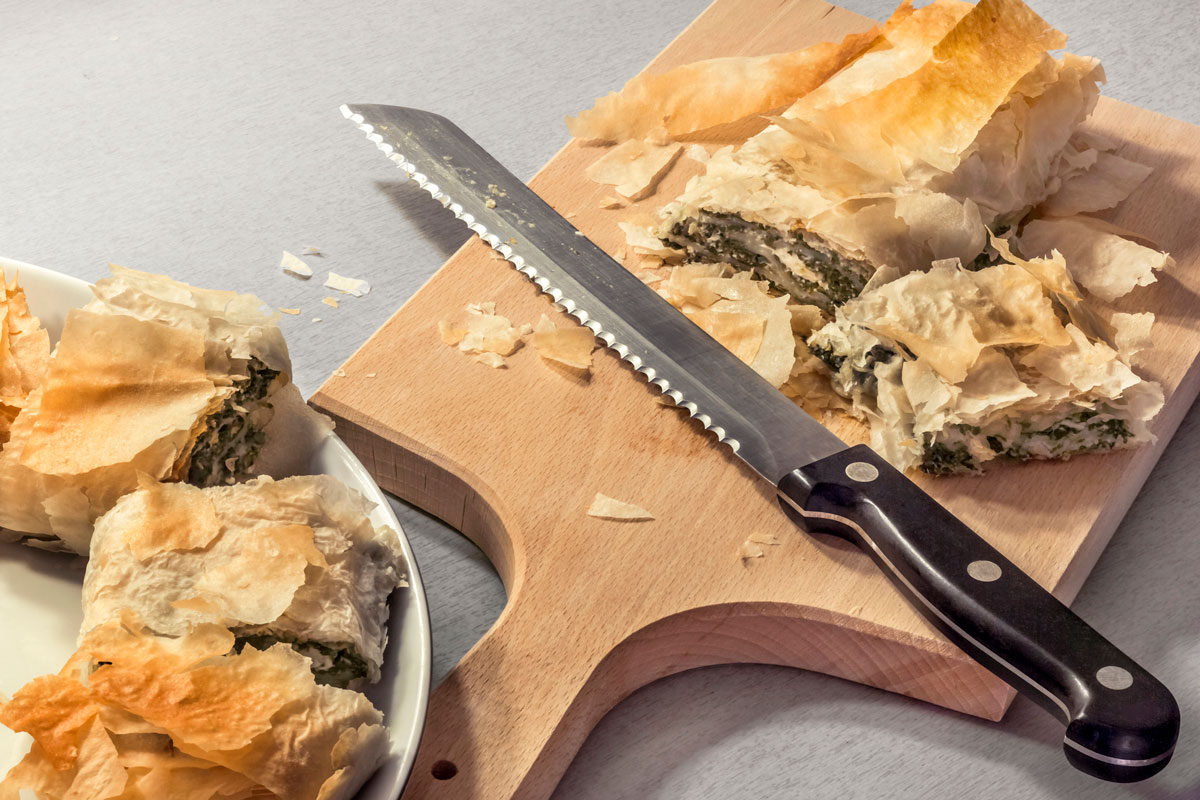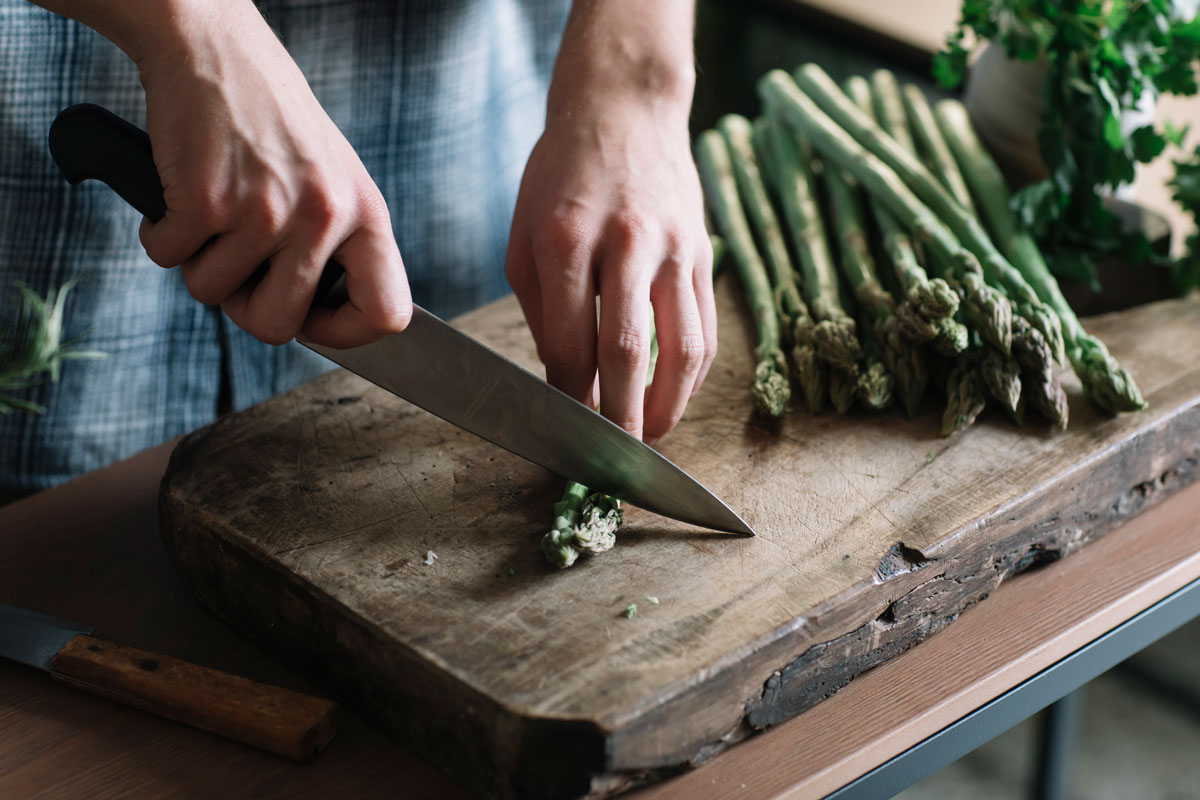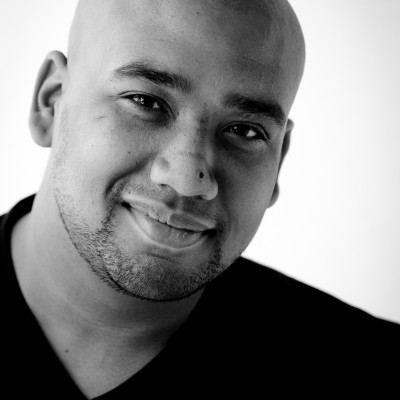3 knives everyone needs in their collection
Buying the right knife can be confusing. Which knife should you buy? And how many knives do you need? Clem Pedro breaks down how to find the best knife for the job and, most importantly, the best knife for you.
Which knives should I buy?
The first thing to understand before buying knives is what you will be using them for. If you know you’ll be butchering a lot of meat, a cleaver and boning knife might be on your shopping list. If most of your kitchen needs include slicing, dicing and chopping, then I have some good news: you only need three knives:
1. The paring knife
There are some jobs that require a knife tip with a sharp edge and a blade fine enough to give you control while safely holding it. That’s the paring knife. With enough control you could use the tip of a chef’s knife, but the large blade may obstruct the view of the food you’re trying to cut. A paring knife gives you better control, making it safer to use.

ALSO READ: 6 Tips for baking great bread
2. The serrated pastry knife
I purchased my serrated pastry knife in 2010 and haven’t had to replace, or even sharpen it, since the day I bought it. They’re phenomenal additions to your kitchen arsenal. These knives are perfect for slicing through bread and pastries, leaving every crumb in place and delicate pastries intact.
Besides handling pastries and breads like a boss, it's also excellent for slicing ripe or very soft fruits and vegetables (thanks to that long blade) especially when long, clean strokes are required. After the chef’s knife, the serrated pastry knife is my most used knife; it’s also the only knife I use when carving meat such as gammon and lamb. There’s no need to saw back and forth when using this knife; the long blade creates a clean, simple cut because of its exceptional sharpness.

3. The chef’s knife
This is the do-it-all knife that you’ll reach for 90% of the time, and for good reason. A chef’s knife is a very capable knife, but only when correctly paired with the job at hand. Bigger isn’t always better when selecting knives, and this is especially true of chef’s knives. Your knife should fit your hand, so you have maximum control.
The knife should feel balanced in your hand, not put any strain on your wrist, and you should have control of the tip. If the knife feels too heavy, or you don’t have as much control of the tip as you’d like, you probably need a smaller knife. There is an endless supply of options available when it comes to size, weight, length and even materials used.
Investing in the best quality you can afford will mean your knives will last a lifetime if you take proper care of them. Have them sharpened often (a blunt knife is dangerous) and always store them so that the blades and edges are protected.

ALSO READ: How to cook with miso



Comments